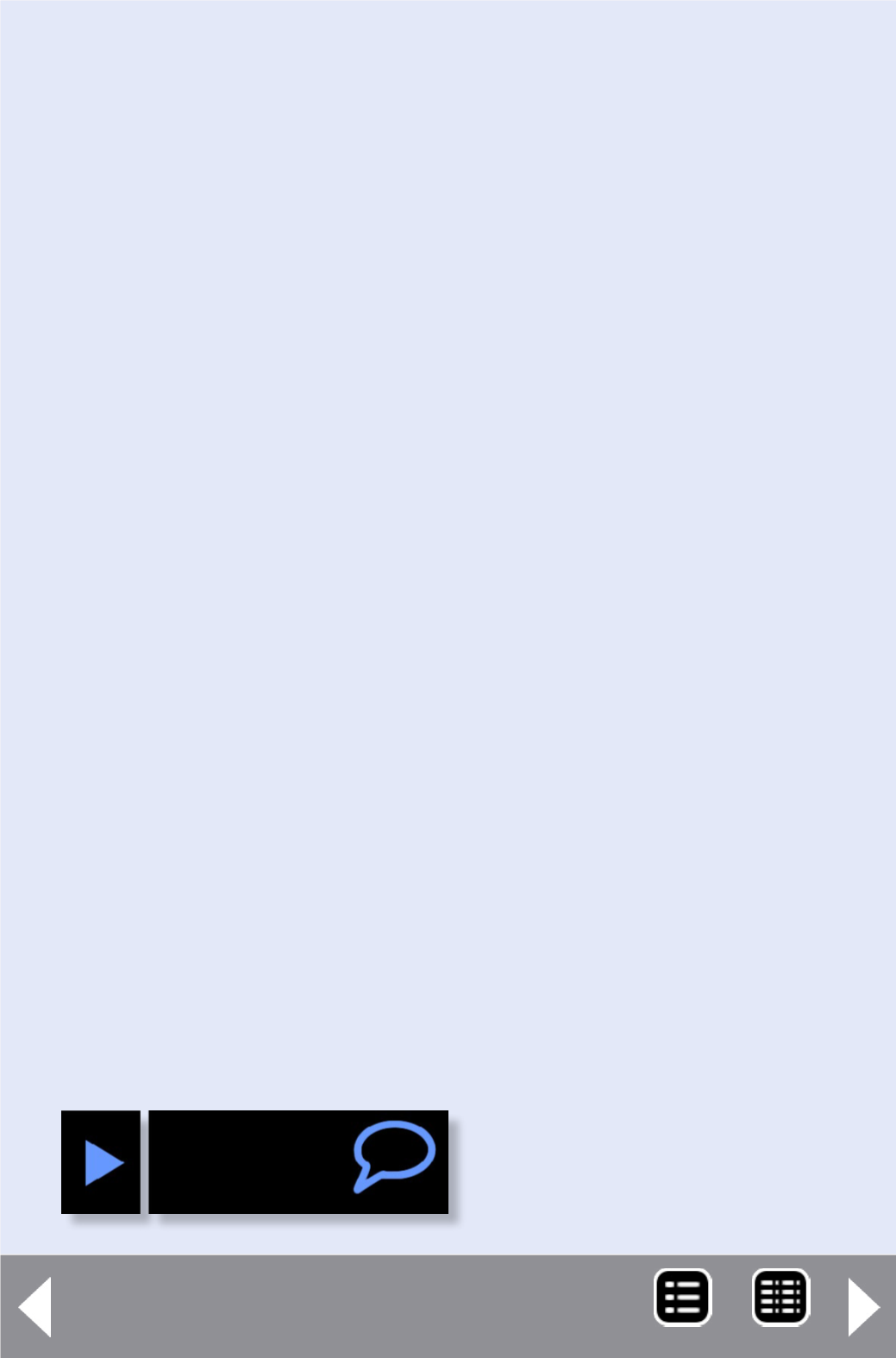
all of thenumerals. TheGerkeversionofMorse codewas even-
tually standardized in1865. Itwas this versionofMorse code
thatwasbeingusedby theYVdispatcher and stationagents.
From correspondencewith the IMTCpresident andanother
member/operator I learned that,with InternationalMorse
Code, “EP”wouldhavebeenonedot (for theE) followedby
fivedots (for theP). Transmittingfivedots and thenonedot
inMorse code couldhavebeenmisinterpretedas thenumber
“6”,which is sixdots.
These IMTCmembers toldme that theassignmentofMorse
office stationcalls (normally justoneor two letters sincenumer-
alswerenotoftenused)wasnormallymadeby someabbrevia-
tionor combinationof letters thatwere in the station’sname.
Usually these letterswouldgiveaclue to the stationname.
According to thesemembers, twoof the letters in thewords
“El Portal” suchas “Or” couldhavebeenused toavoidusing
“EP”. They felt that someone just pickedOr and simply
reversed it, resulting in “Ro”. I think that “Or”might havebeen
confusedwith theword “or”butmaybe someone just thought
“Ro” soundedbetter.
YVdispatchers alsoused some three letter stationnames such
as “Det” forDetwiler, anoften-usedmeeting siding for the
locals. The IMTCmemberswereof theopinion that noone
ever used three letter stationnames. However, these sidings
werenot actual station locations and thedispatchers just used
themost logical abbreviations for themon train sheets and in
their trainorder journals.
Abbreviations
Continued ...
GettingReal Column - 12
MRH-Apr2014


